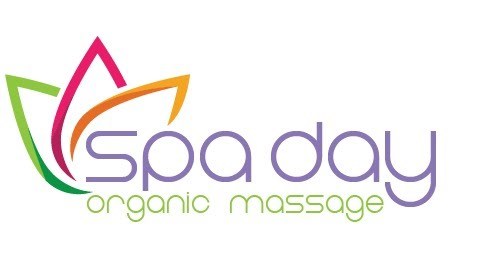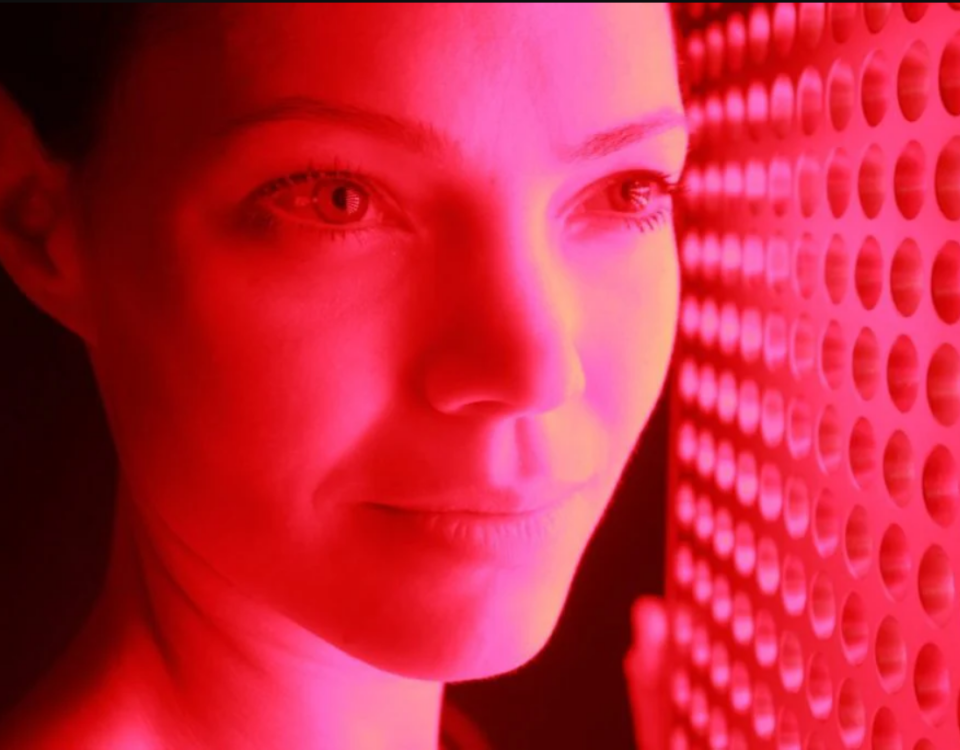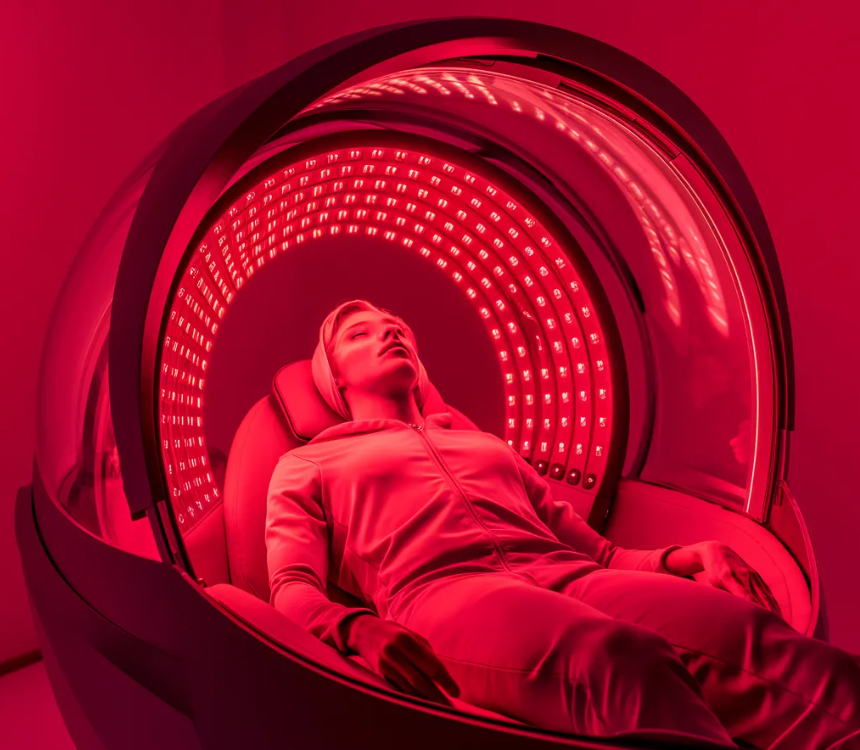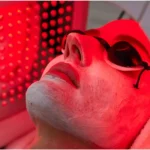
Red Light Revolution: Harnessing Light for Pain Relief and Cell Renewal
February 23, 2024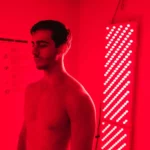
Unlocking the Secrets of Red Light Therapy: A Path to Enhanced Well-being
February 23, 2024In an era where skincare technology is rapidly advancing, the introduction of Red Light Therapy (RLT) has generated notable interest within dermatological circles. As a non-invasive procedure that utilizes low-level red light wavelengths to target skin cells, RLT promises to provide an array of benefits ranging from anti-aging to wound healing.
Preliminary research has underscored the potential of this therapy; however, the science behind its effectiveness remains under-explored. This discussion aims to demystify the intricacies of Red Light Therapy, outlining the science behind its application, the benefits it offers, and its overall impact on skincare.
As we navigate through the nuances of this innovative therapy, we encourage you to join us on this journey towards skincare enlightenment.
Understanding Red Light Therapy
To comprehend the efficacy of red light therapy, it is crucial to delve into its scientific underpinnings and therapeutic applications.
This innovative treatment involves exposing the skin to low wavelength red light, which penetrates approximately 5 millimeters below the skin’s surface. The biological effects induced by this light include increased production of collagen, elastin, and fibroblasts, leading to improved skin elasticity, texture, and tone.
Moreover, red light therapy stimulates cellular energy, promoting healing and rejuvenation. Research has indicated potential benefits in treating conditions ranging from chronic wounds to aesthetic concerns like wrinkles and age spots.
Therefore, understanding red light therapy is a fundamental step towards harnessing its unique therapeutic potential for skin rejuvenation.
Benefits of Red Light Therapy for Skin
Red light therapy offers a plethora of benefits for the skin, underpinned by scientific research and clinical evidence. In essence, this non-invasive treatment uses low-level wavelengths of light to stimulate cellular rejuvenation and collagen production. The results? Improved skin tone, texture, and health. It aids in mitigating signs of aging such as wrinkles and fine lines, and is effective in treating skin issues such as acne, rosacea, and eczema.
Moreover, it accelerates wound healing and reduces inflammation, providing relief for conditions like psoriasis. It’s also known to improve circulation, which nourishes skin cells and flushes out toxins. With a profound ability to revitalize skin, red light therapy is an exceptional route to radiant, youthful skin.
Conclusion
In conclusion, red light therapy is a scientifically-proven method that promotes skin rejuvenation. Studies have shown that it can lead to a 91% improvement in participants’ skin complexion and smoothness.
Furthermore, red light therapy is a non-invasive and painless solution for various skin issues. It offers an efficient alternative to more invasive procedures.
As research continues to unravel its potential, it is safe to assume that red light therapy’s role within skincare routines will significantly expand. It holds promise for achieving optimal skin health and may become a common practice in the future.
Read More:
Unlocking the Secrets of Red Light Therapy: A Path to Enhanced Well-being
Red Light Revolution: Harnessing Light for Pain Relief and Cell Renewal
